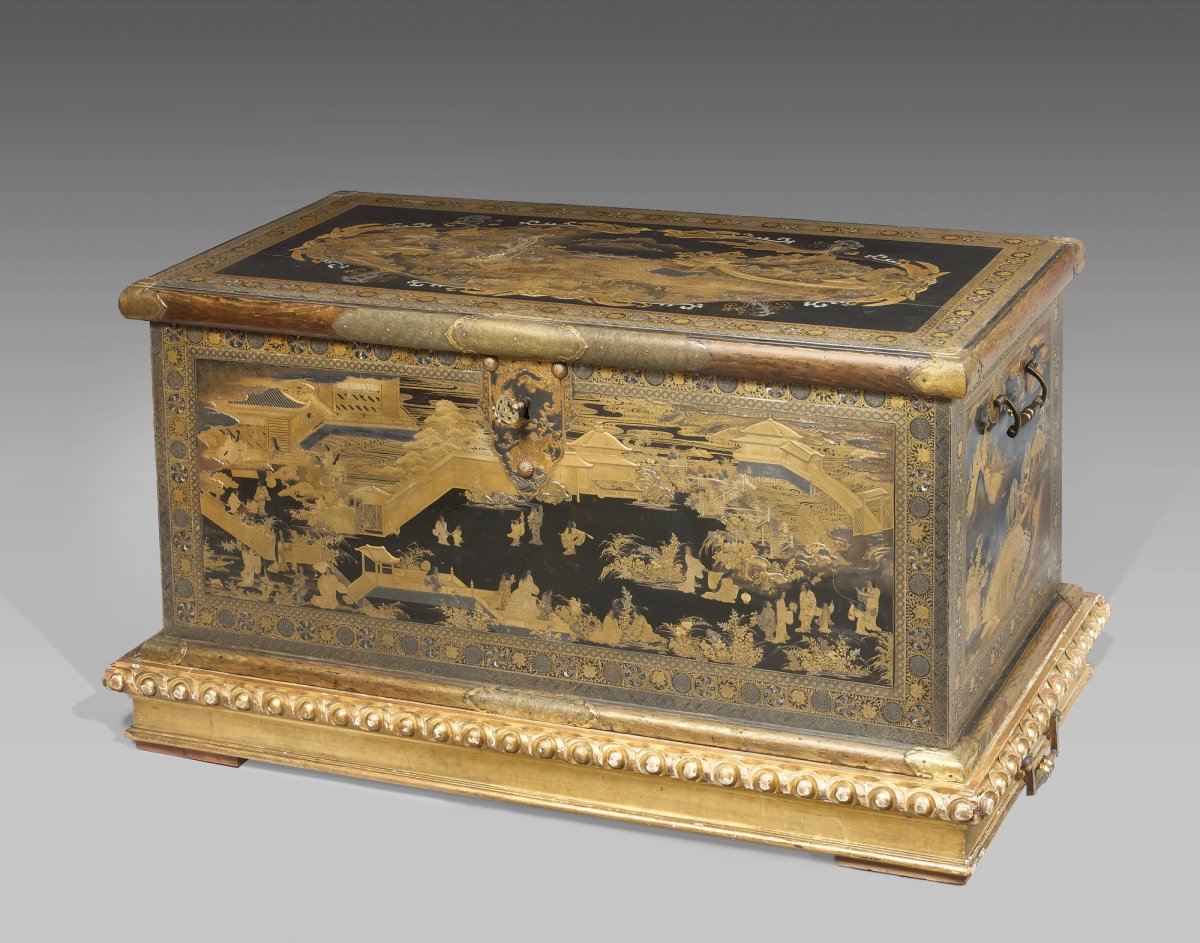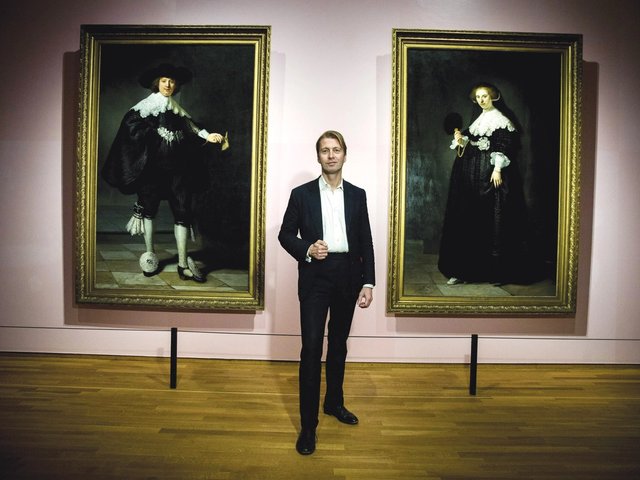In 1883, a group of art-loving Dutch citizens came to a sobering realisation: The Netherlands had just erected the majestic Rijksmuseum, but many of the country’s centuries-old masterpieces had been exported abroad, snatched up by the nobility in France, Germany, Russia, the UK and, more recently, by the newly rich in the US. An American oil and railroad boom had spawned a generation of mega-wealthy tycoons, many of whom were eager to proclaim themselves art connoisseurs by acquiring a Rembrandt, Vermeer or Bosch.
“At some point we realized, ‘Hey, guys, we have to keep some of these things for ourselves,’” says Arent Fock, chairman of the Rembrandt Association, the largest private supporter of public art collections in the Netherlands. “We needed to save pieces for our nation.”
For 135 years, the Rembrandt Association has been doing just that, helping to acquire not only precious Dutch works but also art created abroad, and, more recently, Modern and contemporary art. To date, the association has aided in the acquisition of some 2,500 pieces, including works of art by Rembrandt, Vermeer, de Kooning, Picasso and Matisse.
Now, an exhibition opening Sunday (30 September) at the Kröller-Müller Museum in Otterlo will testify to this mission, bringing together 80 diverse works acquired with the help of the association. Titled For the Love of Art and running through 3 February 2019, it aims to tell the rich stories of the objects it features and to demonstrate that collecting is a vital, urgent exercise.
“We want to these pieces to be available for eternity for next generations,” says Fock. “We also want them to be visible to the public at large—not in some private collection where they will no doubt be well taken care of, but no one gets to see or study them.”
All of the works featured in the exhibition were purchased over the last decade and are now part of the permanent collections of 40 Dutch museums, from the Rijksmuseum to more obscure regional institutions. Diversity is at the heart of the show, which features photography, sculptures, paintings, drawings, objects in silver and glass and more. The oldest work, an Egyptian sculpture, was crafted 3,000 years ago, while the newest, a painting by Neo Rauch, was executed in 2016. The items range just as widely in value, from a €22.5 million Adriaen de Vries sculpture to a €1,500 Andries Copier decorative glass carafe.
“It’s great fun to think of how you can combine objects as diverse as this into something that makes for music,” says Peter Hecht, the show’s curator and an emeritus professor at the University of Utrecht. “I hope that the confrontation of very different works of art will make people look closer and think about things differently than they do when visiting chronological or thematic exhibitions.”
The meandering and often surprising paths that led to the acquisitions are highlighted in the exhibition. For example, one of the most spectacular objects is a 17th-century Japanese chest—one of 12 imported by the Dutch East India Company before the Japanese forbade the export of such valuable lacquerware. The chest’s lustrous inlays of gold, silver and mother of pearl originally caught the eye of one of Louis XIV’s advisers, Cardinal Mazarin, who brought it to France. It remained there until 1941, when it disappeared after being auctioned and was eventually presumed to be lost. Then in 2013, it turned up at an estate sale in the Loire Valley. Its late owner, who had been using it to store his liquor, had seemingly had no idea of its value. The Rembrandt Association helped the Rijksmuseum purchase it for €7.3 million.
Such stories make a case for the importance of dogged collecting, Hecht says—and for the crucial role that the Rembrandt Association plays in enriching the Dutch national collection. He and his colleagues hope that people visiting the exhibition will agree, and that the association will see membership rise as a result. (The membership fee is €65 a year.)
As Fock says, “Even with a small purse, in the Netherlands, you can become a Maecenas—a giver to culture and to art.”



